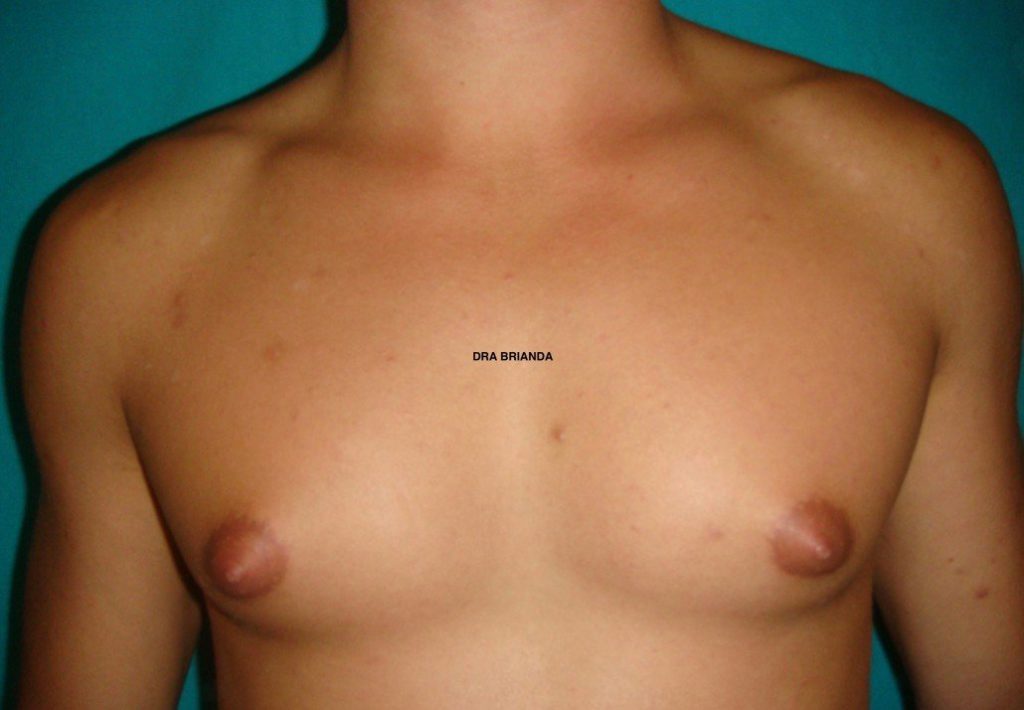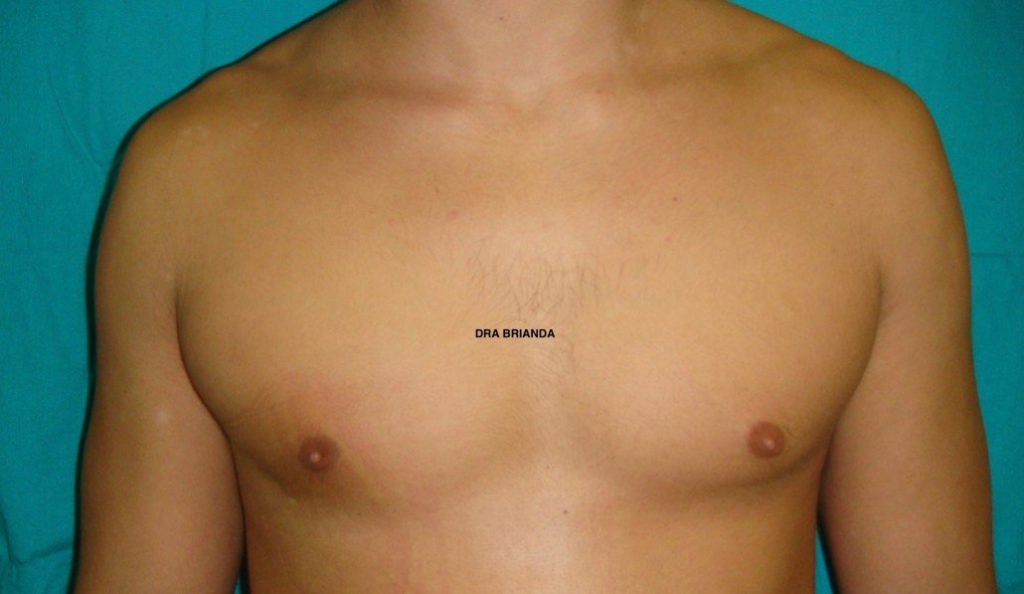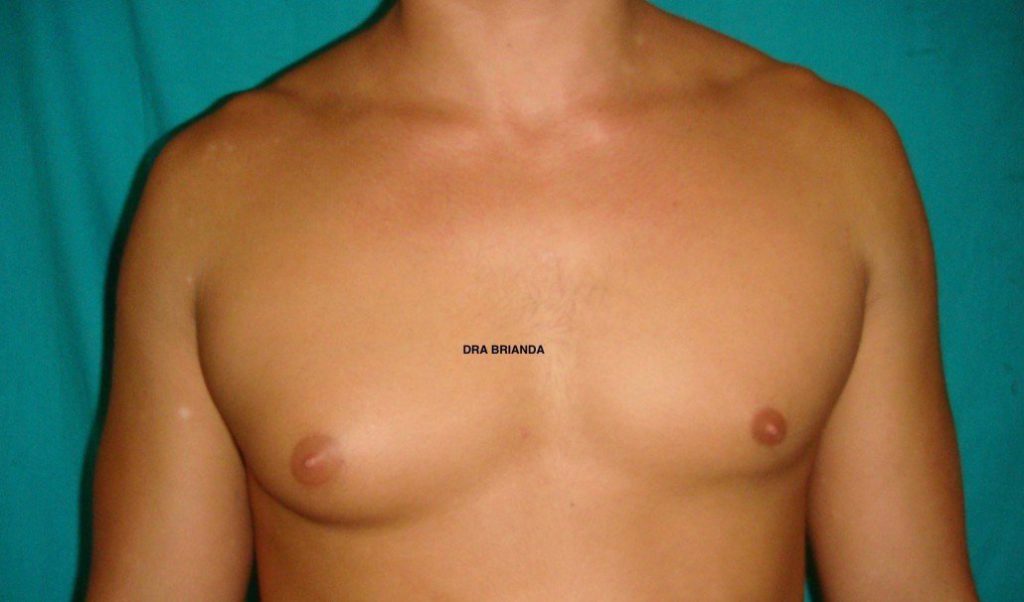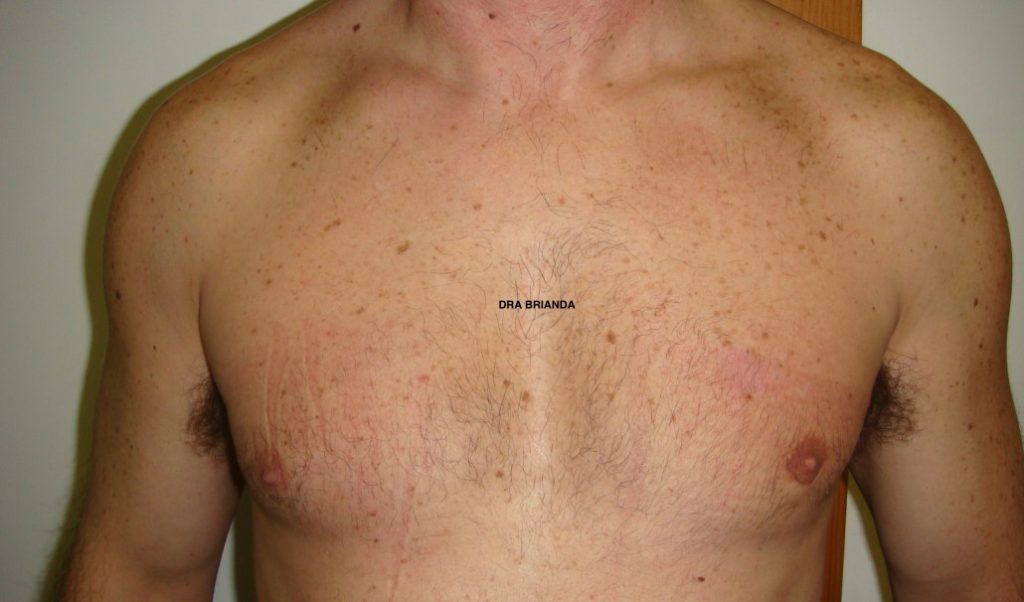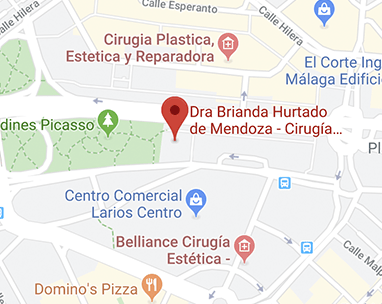What happens during gynecomastia correction surgery?
Plastic surgery to correct gynecomastia is technically called reduction mammaplasty, and reduces breast size, flattening and enhancing the chest contours.
In severe cases of gynecomastia, the weight of excess breast tissue may cause the breasts to sag and stretch the areola (the dark skin surrounding the nipple). In these cases the position and size of the areola can be surgically improved and excess skin may be reduced.
Liposuction: In cases where gynecomastia is primarily the result of excess fatty tissue, liposuction techniques alone may be used.
This requires insertion of a cannula, a thin hollow tube, through several small incisions. The cannula is moved back and forth in a controlled motion to loosen the excess fat, which is then removed from the body by vacuum suction.
There are various liposuction techniques that may be used; the technique most appropriate in your case will be defined prior to your procedure.
Excision: Excision techniques are recommended where glandular breast tissue or excess skin must be removed to correct gynecomastia.
Excision also is necessary if the areola will be reduced, or the nipple repositioned to a more natural male contour. Incision patterns vary depending on the specific conditions and surgical preference.
Sometimes gynecomastia is treated with both liposuction and excision.
Will there be scars?
Any surgical treatment to correct gynecomastia will require incisions. While most incision lines are concealed within natural contours, some may be visible and are a necessary result of breast reduction surgery.
You will be asked to sign consent forms to ensure that you fully understand the procedure you will undergo and any risks or potential complications.
The risks include:
- Unfavorable scarring
- Bleeding (hematoma)
- Blood clots
- Infection
- Poor wound healing
- Changes in nipple or breast sensation may be temporary or permanent
- If liposuction is used, additional risks include uneven contours, rippling or loose skin, irregular pigmentation, excessive fluid loss or fluid accumulation
- Anesthesia risks
- Breast contour and shape irregularities
- Skin discoloration, permanent pigmentation changes, swelling and bruising
- Damage to deeper structures – such as nerves, blood vessels, muscles, and lungs – can occur and may be temporary or permanent
- Allergies to tape, suture materials, glues, blood products, topical preparations or injected agents
- Breast asymmetry
- Fatty tissue found deep in the skin might die (fat necrosis)
- Fluid accumulation
- Deep vein thrombosis, cardiac and pulmonary complications
- Pain, which may persist
- Possibility of revisional surgery


